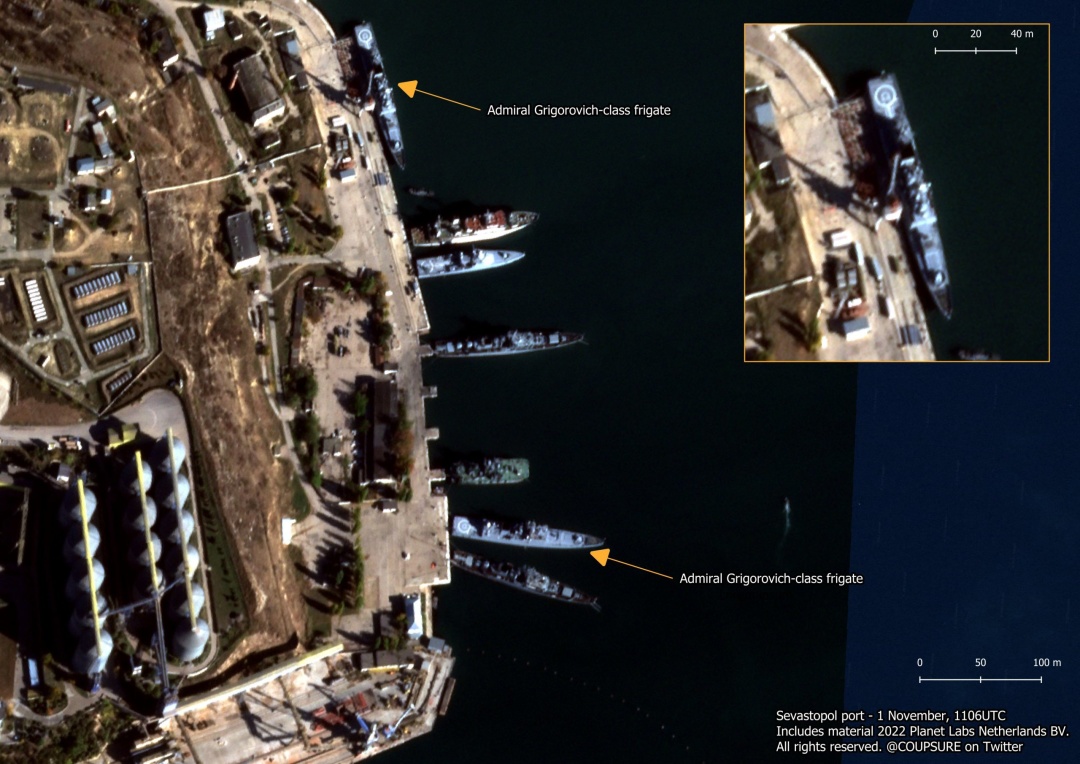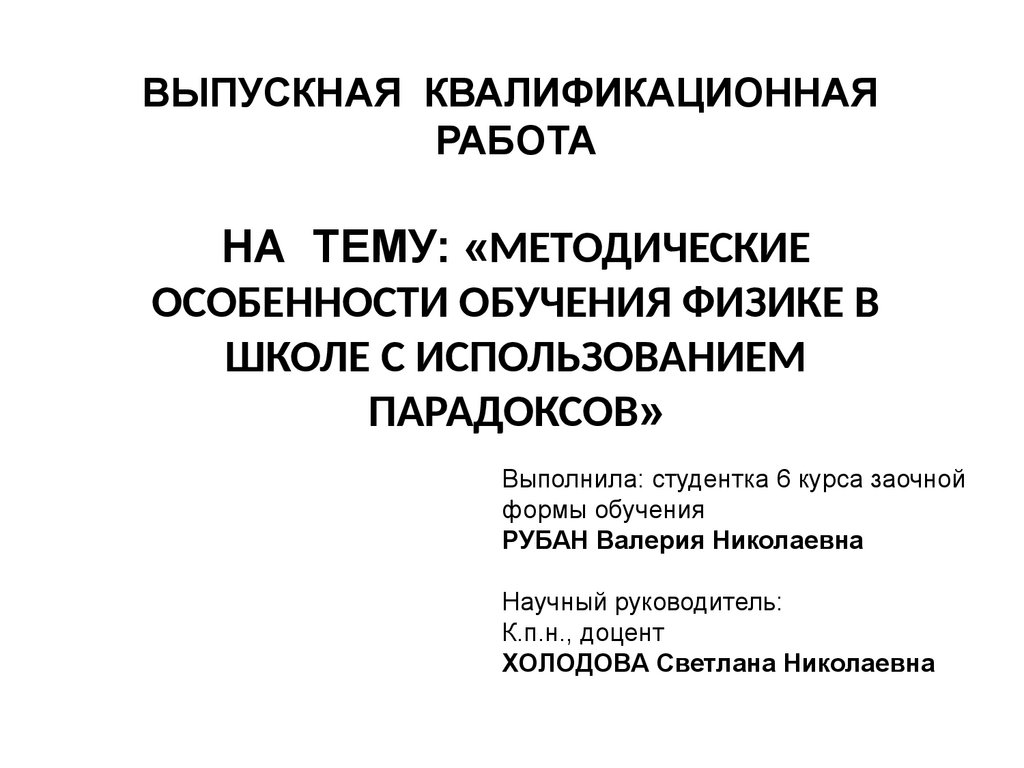Russia's Arctic Shadow Fleet: Resurgence And Geopolitical Implications

Table of Contents
The Expansion of Russia's Arctic Naval Capabilities
Russia's assertive Arctic policy is underpinned by a significant expansion of its naval capabilities. This involves both the modernization of existing assets and the introduction of new, advanced vessels designed for operation in the challenging Arctic environment.
Modernization and New Vessels
The Russian Navy is actively modernizing its Arctic fleet, focusing on icebreakers, submarines, and surface combatants tailored for Arctic warfare. This modernization effort reflects a commitment to projecting power and securing Russia's interests in the region.
- Nuclear-powered icebreakers: Russia operates the world's most powerful nuclear-powered icebreakers, such as the Arktika class, capable of breaking even the thickest Arctic ice. These vessels possess significant military potential, potentially serving as platforms for deploying weapons systems or providing logistical support for military operations.
- Improved submarine fleet: Russia is upgrading its submarine fleet with advanced, quieter vessels better equipped for Arctic operations. These submarines can conduct surveillance, deploy cruise missiles, and maintain a persistent presence under the Arctic ice.
- New surface combatants: Russia is developing and deploying new surface combatants specifically designed for Arctic conditions, equipped with advanced sensors and weaponry. These ships enhance Russia's ability to patrol Arctic waters and protect its interests.
Infrastructure Development
Russia is aggressively expanding its military infrastructure in the Arctic, constructing and upgrading bases, ports, and airfields. This infrastructure development directly supports its expanded naval capabilities, enhancing its power projection capabilities and resource control.
- Strategic port facilities: The development of ports like Murmansk and Tiksi provide crucial logistical support for Russia's Arctic fleet, enabling resupply, maintenance, and deployment of vessels.
- Arctic military bases: New and modernized military bases across the Arctic, such as those on Franz Josef Land and the New Siberian Islands, establish a forward presence, facilitating surveillance and rapid response.
- Expansion of airfields: Improved airfields extend Russia's reach and allow for rapid deployment of personnel and equipment to support its Arctic operations, further enhancing its strategic posture. This is crucial for patrolling the Northern Sea Route.
The Geopolitical Implications of Russia's Arctic Shadow Fleet
The resurgence of Russia's Arctic fleet has significant geopolitical implications, affecting resource control, international norms, and relations with other Arctic states.
Resource Control and Economic Interests
Russia's Arctic ambitions are deeply intertwined with its vast energy and mineral resources. The Arctic holds significant reserves of oil, gas, and valuable minerals. Russia's shadow fleet plays a crucial role in securing access to and control over these resources.
- Energy security: The Arctic holds a significant portion of the world's untapped hydrocarbon resources, making the region critical for Russia's energy security and future economic development.
- Mineral wealth: The Arctic also boasts significant deposits of rare earth minerals and other valuable resources, further fueling Russia's interest in the region.
- Northern Sea Route: Control over the Northern Sea Route, a potential shorter shipping route between Europe and Asia, is another key economic driver for Russia's Arctic ambitions.
Challenges to International Norms and Agreements
Russia's activities in the Arctic challenge existing international agreements and norms concerning maritime law, environmental protection, and military activity. This raises concerns about the rule of law and stability in the region.
- UNCLOS (United Nations Convention on the Law of the Sea): Russia's actions in the Arctic are sometimes interpreted as contradictory to the principles of UNCLOS, particularly regarding maritime boundaries and resource exploitation.
- Environmental regulations: Concerns exist about the potential environmental impact of resource extraction and military activities in the fragile Arctic ecosystem, and Russia's commitment to environmental regulations is often questioned.
- Arctic sovereignty disputes: Russia's assertive claims in the Arctic have led to tensions with other Arctic nations, challenging existing sovereignty claims and creating the potential for conflict.
Impact on NATO and Other Arctic States
The growth of Russia's Arctic military capabilities has prompted a response from NATO and other Arctic states, including Canada, the United States, and Norway. This has led to increased military exercises, deployments, and diplomatic efforts to counter Russia's influence.
- NATO Arctic strategy: NATO has enhanced its focus on Arctic security, conducting joint military exercises and increasing its presence in the region.
- Increased military deployments: Other Arctic states are also increasing their military presence and capabilities in the region to counter Russia's growing influence.
- Diplomatic efforts: While military responses are present, diplomatic efforts are also crucial in de-escalating tensions and establishing a framework for cooperation in the Arctic.
Analyzing the "Shadow" Aspect of Russia's Arctic Fleet
The term "shadow fleet" highlights the ambiguity surrounding some of Russia's Arctic vessels. These vessels, seemingly civilian in nature, may possess covert military functionalities or the potential for rapid conversion to military roles.
Dual-Use Capabilities
Certain Russian vessels operating in the Arctic could possess dual-use capabilities, blurring the lines between civilian and military operations. This opacity makes it difficult to assess the full extent of Russia's military presence.
- Intelligence gathering: Civilian-looking vessels could be equipped for clandestine intelligence gathering operations, monitoring activities of other nations and gathering valuable data.
- Clandestine operations: Such vessels could potentially facilitate covert military operations, deploying special forces or providing logistical support in a discreet manner.
- Rapid military conversion: Some vessels may be designed for easy conversion from civilian roles to military ones, providing a rapid response capability in times of conflict.
Opacity and Information Control
Russia's efforts to maintain secrecy around its Arctic military activities contribute to the "shadow" aspect of its fleet. This lack of transparency complicates monitoring and assessing the full extent of its capabilities.
- Limited transparency: Russia often provides limited information regarding its military activities and deployments in the Arctic, making independent verification difficult.
- Information control: Russia employs strict information control measures, limiting access to details about its Arctic military assets and operations.
- Intelligence limitations: The opacity surrounding Russia's Arctic activities makes it challenging for other nations to accurately assess the true scale and capabilities of its military presence.
Conclusion
The resurgence of Russia's Arctic fleet, including its enigmatic "shadow fleet," represents a significant shift in the geopolitical landscape of the Arctic. This expansion demonstrates Russia's determination to secure its economic interests, challenge established international norms, and project power in the region. The resulting geopolitical tensions necessitate careful monitoring and a measured response from other Arctic nations and international organizations. The implications of Russia's Arctic Shadow Fleet for global security and international relations are substantial and require ongoing attention. To further your understanding of this critical issue, explore resources from organizations like the Arctic Council and various think tanks specializing in Arctic security. The ongoing evolution of Russia's Arctic military posture demands continuous observation and analysis of Russia's Arctic Shadow Fleet and its strategic ramifications.

Featured Posts
-
 Residents Protest Trumps State Of The Union Address In City State
May 13, 2025
Residents Protest Trumps State Of The Union Address In City State
May 13, 2025 -
 Podgotovka K Izmeneniyam Novye Standarty Po Fizike I Khimii Dlya Doshkolnikov
May 13, 2025
Podgotovka K Izmeneniyam Novye Standarty Po Fizike I Khimii Dlya Doshkolnikov
May 13, 2025 -
 Gibraltar And Brexit Unfinished Business And Stalled Talks
May 13, 2025
Gibraltar And Brexit Unfinished Business And Stalled Talks
May 13, 2025 -
 Vliyanie Novykh Standartov Na Obuchenie Fizike I Khimii V Detskikh Sadakh
May 13, 2025
Vliyanie Novykh Standartov Na Obuchenie Fizike I Khimii V Detskikh Sadakh
May 13, 2025 -
 Sigue El Partido Atalanta Vs Bologna Serie A Fecha 32 En Vivo
May 13, 2025
Sigue El Partido Atalanta Vs Bologna Serie A Fecha 32 En Vivo
May 13, 2025
